Here all our advent calendar entries from 2020.
Category: 2020

Training in African Insect Biodiversity
The recently started FEZ project ANTENNA received funding from Diku, the Norwegian Agency for International Cooperation and Quality Enhancement in Higher Education. The network of seven universities, one research institute and one NGO, in Norway and seven countries across Africa, will provide training in modern DNA-based molecular methods […]
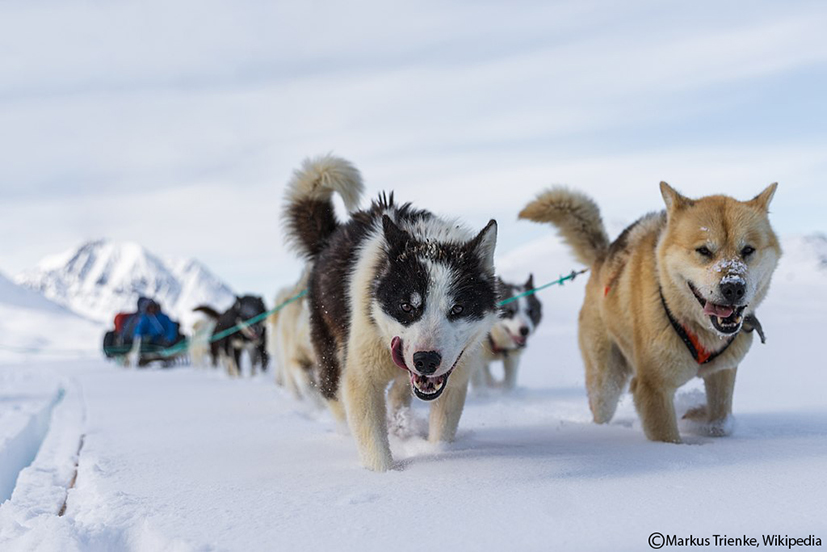
Never Cry Wolf
Mikkel Sinding did a joint (cotutelle) PhD at the Natural History Museums Copenhagen and Oslo. Øystein and Lutz were his supervisors on the Norwegian side. Mikkel defended his thesis entitled “Never Cry Wolf-The origin and genomic history of the indigenous Greenland dogs and wolves” in December 2017. Since […]

Beetles on the Falkland islands
Field work is an important activity for many researchers at the museum. Every field trip contributes to development of the museum collection and adds species that the collection has been lacking. Sampling in poorly studied parts of the world results in discovery of many species unknown to science. […]

Where do all the sharks live
Many marine top-predators, among them many shark species, are particularly vulnerable to environmental changes as they are contingent on the various prey species along the food chain and their responses to shifts. The porbeagle (Lamna nasus) is a large pelagic shark that inhabits cold-temperate regions of the oceans […]
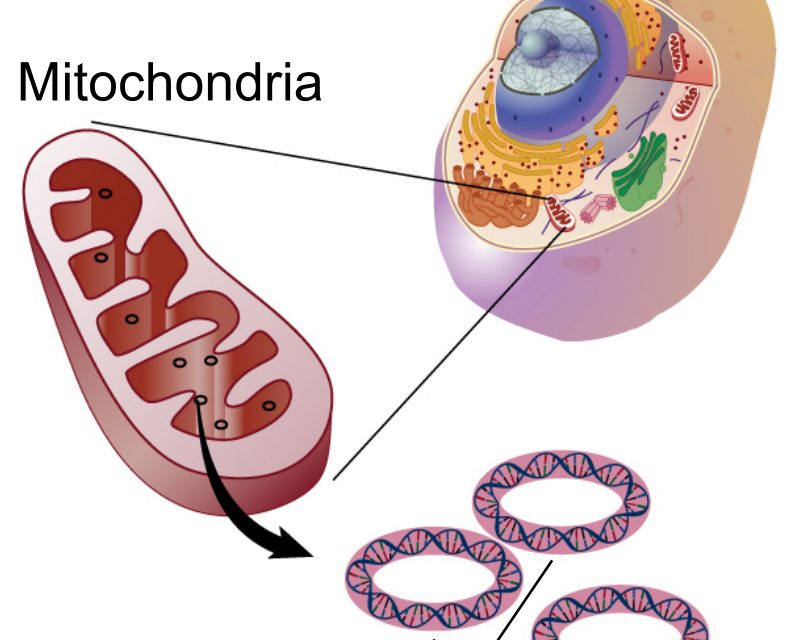
From small body size to big data
You remember door 3 of our calendar where we presented the UiO:LifeScience summer project of Liepa on the speciation of intertidal beetles? FEZ was very happy to house two further UiO:LifeScience summer projects this year. Morten Rese and Vegard Myrland Alvestad explored from different starting points how to […]
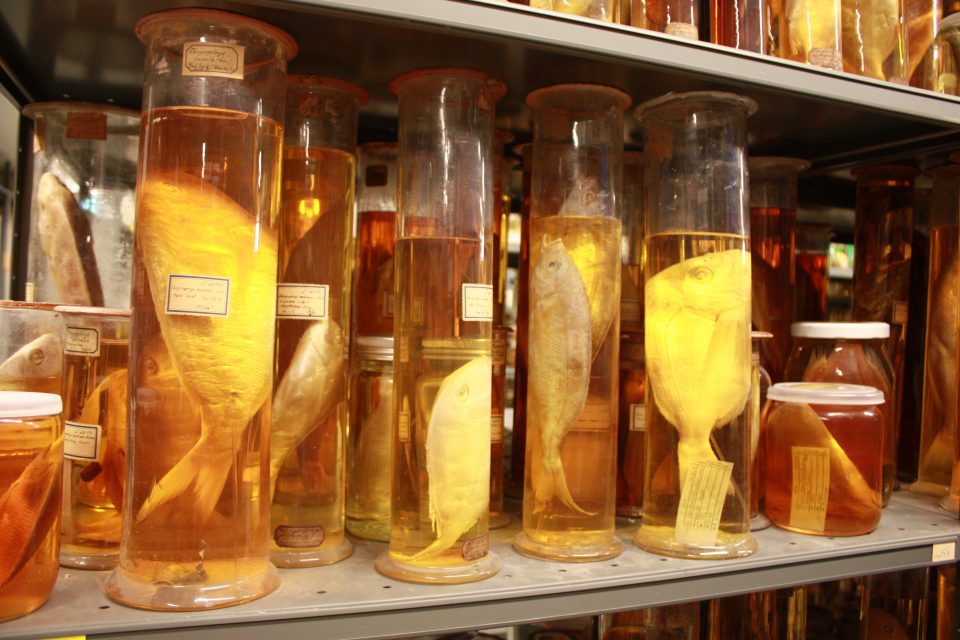
Bringing museum specimens back into the light: Meet the new postdoctoral researcher molecularly exploring museum collections
Rita M. Austin, a recent addition to the FEZ group, is working as a postdoctoral researcher exploring and optimizing the recovery of museum biomolecules in the Oslo Natural History Museum collections. Rita completed her PhD earlier this year at the University of Oklahoma, where she conducted meta- and […]
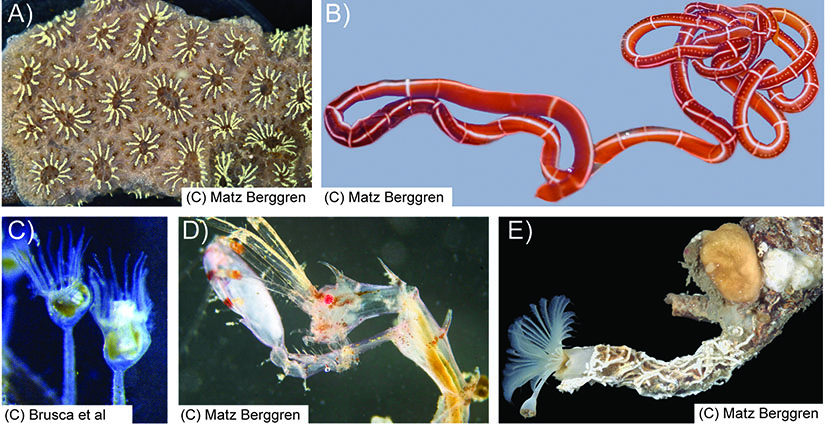
Assessing biodiversity in the marine algae belt
The marine algae belt comprising kelp forests, seagrass meadows and rocky reefs with coralline red seaweeds is one of the most active primary producing environments in the sea. It also harbors are great diversity of animals including sea squirts, ribbon worms, nick worms, serpulid worms, spionid worms and […]

Did the vikings bring beetles along to Iceland?
Vetle started his MSc-project in the late parts of 2018, and continued with fieldwork in Iceland, Scotland, Norway and the Faroes. The goal of the thesis is to determine where the beetle fauna of Iceland originated from. With a thorough sampling from the northern parts of Europe, he […]
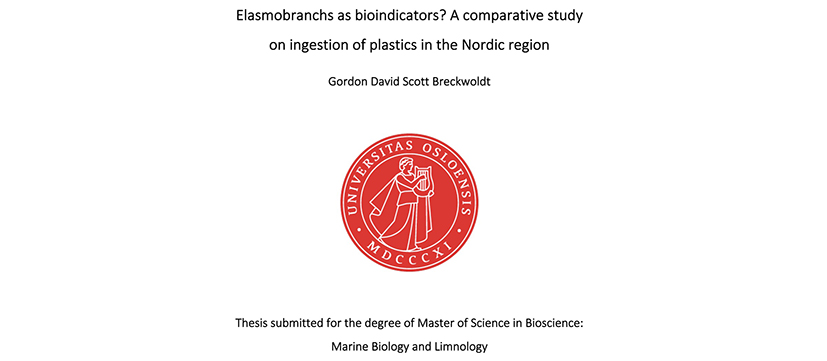
The wrong food chain
Plastic pollution has become a major threat to many marine ecosystems, and there is a need for an improved understanding of its impact on marine organisms. The Masters thesis of Gordon Breckwoldt entitled “Elasmobranchs as bioindicators? A comparative study on ingestion of plastics in the Nordic region” aimed at quantifying […]
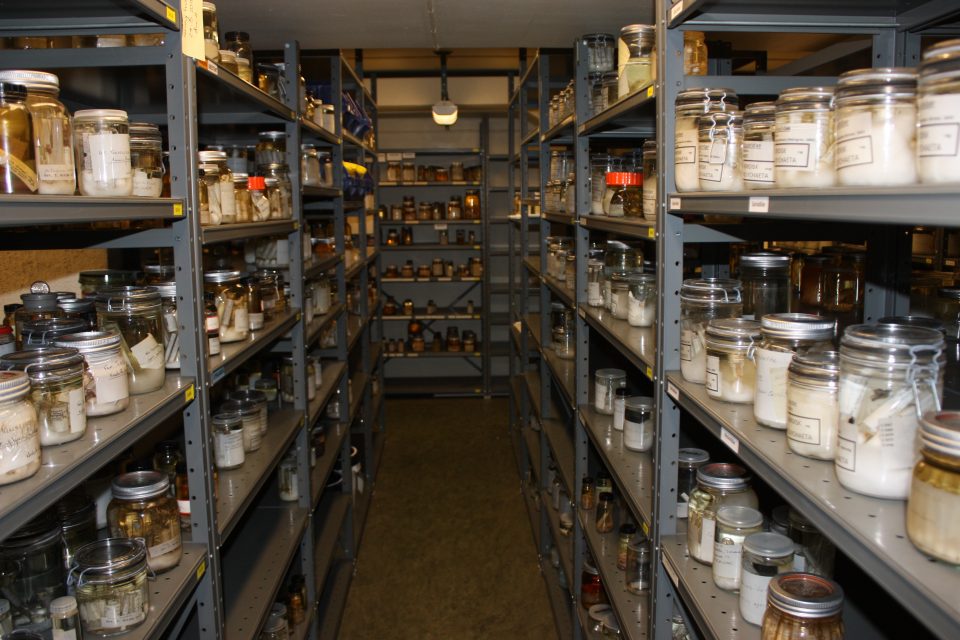
Natural history collections in the molecular era
Public outreach is an important task for scientists, not only for those based at natural history museums. FEZ researchers aim at disseminating relevant topics relating to the group’s research interests to the public. In 2020, José, Torsten and Lutz published together with our colleague Arild Johnsen from the […]